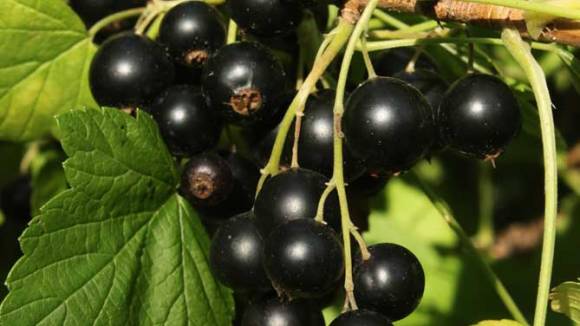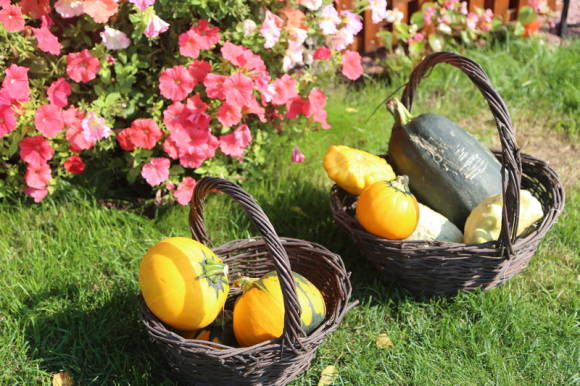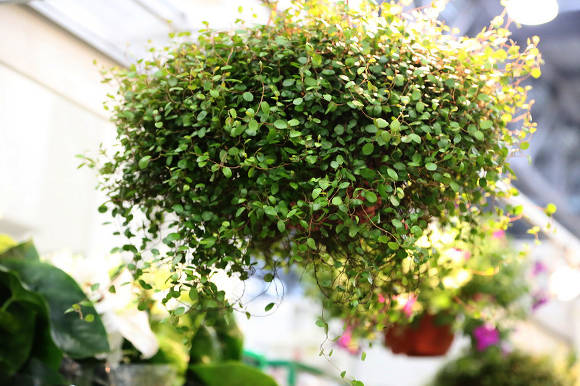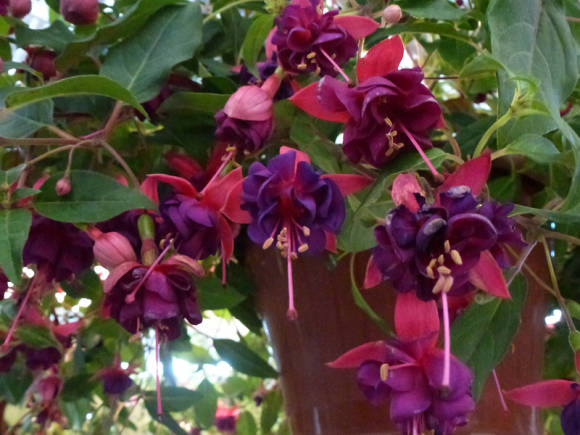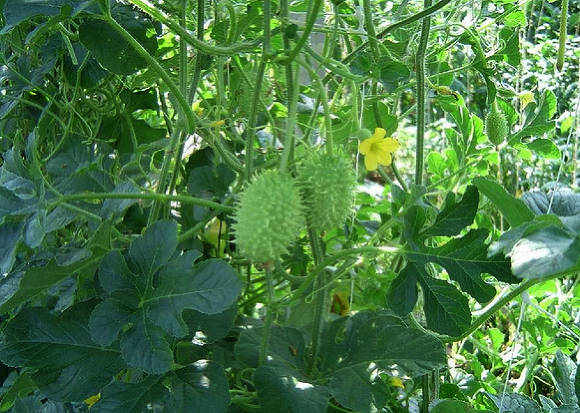
For the cultivation of Anguria (see Anguria), sunny areas well protected from the cold wind are desirable. Thickening of plantings and shading of anguria practically does not tolerate. Plants bear fruit better with short daylight hours.
Growing conditions... The requirements for growing conditions for Anguria are about the same as for cucumbers. Anguria loves warmth, the optimum temperature for plant growth and development is + 25 ... + 26 degrees. Plants do not tolerate temperatures below + 12 ... + 13 ° С, and when the temperature drops below + 5 ... + 6 ° С, plants quickly die.
In adulthood, the cold resistance of the plant increases slightly. It puts up with a short-term cold snap, with different soil and climatic conditions, adapting to them.
This plant is light-loving, with a short daylight hours, although it can grow with a long day, but the growing season is delayed. She is hygrophilous, prefers fertile soils with good drainage and provided with nutrients. Anguria does not tolerate acidic soils and high groundwater levels.
Predecessors... The best precursors for anguria are greens, legumes, table vegetables, and early cabbage.
Sowing... For sowing, well-formed, large seeds tested for germination are used. Before sowing, they are disinfected, soaked in a solution of fertilizers and microelements, germinated until single seeds are pecked, dried until flowable and sown like a cucumber.
Anguria in our conditions is desirable to grow through seedlings. The day before sowing, the seeds must be soaked in the Epin solution. Then the swollen seeds must be sown in peat-baked pots with a diameter of 9–10 cm.
Anguria can be grown from 30-day seedlings in pots (the plant does not tolerate transplanting well) and by sowing in open ground. The whole further process of growing her seedlings is exactly the same as for cucumber seedlings. An indispensable condition for good germination of seeds is soil moisture, since the seeds are small and when the soil dries quickly, they may not sprout.
In a greenhouse or in open ground under a film, seedlings are planted at the age of 20-25 days, placing them near the supports, but a good harvest of fruits can be obtained only when grown in a greenhouse.
Landing... When planting seedlings in the hole, you must put two liter jars of humus and a handful of ash, which are well mixed with the soil. Plants must be buried down to the cotyledons. Seedling planting scheme 50x40 cm.When planting plants along the fence on the south side, the distance between the plants must be increased to 80 cm.
Top dressing... Anguria is very demanding on nutrition, so the plants must be fed every 10 days with a solution of mullein or chicken droppings or a solution of nitrophoska (3 tablespoons per bucket of water).
Anguria is very responsive to foliar application from a sprayer over the leaves. To do this, use a complex of mineral fertilizers containing nitrogen, phosphorus, potassium and trace elements, in a concentration of 0.25%.
Watering... With a lack of moisture in the soil during fruiting, the plants must be watered abundantly with warm water, although it tolerates a temporary lack of moisture in the soil more easily than cucumbers.
Pinching... To cause abundant fruiting, as soon as the first ovary appears, the tops of all lashes must be pinched in order to cause the rapid growth of fruiting shoots of the second order.

Harvest... Anguria is a fairly fruitful crop, it can bear fruit until the autumn frosts. Its fruits do not age for a long time. But when they start to turn yellow, they become sour and unusable.
But in addition to nutritional value, anguria also has decorative. That is why anguria is sometimes called an ornamental cucumber.
Diseases... The plant is highly resistant to common harmful insects and pathogens.Very rarely, with improper care, putrefactive infections, powdery mildew, white and root rot, anthracnose are possible. If this happens in your garden, immediately remove the damaged areas and treat the vines with any fungicide.
Read also articles:
- Anguria, or Antillean cucumber
- Anguria in cooking
"Ural gardener", No. 22, 2019
